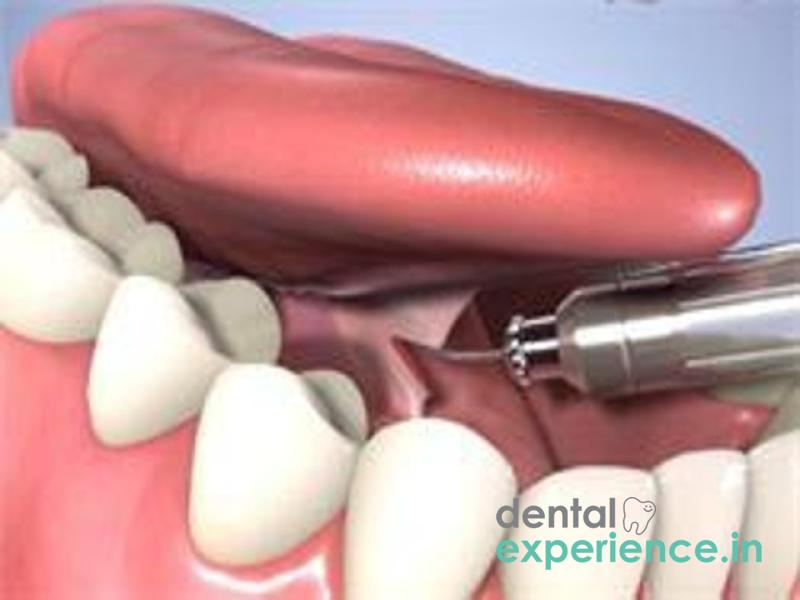You may have had a dental crown fitted in the past but what you may not know is whatever material they are made fr ..
Frenectomy- Surgical/Laser
Introduction | Purpose | Ideal Patients | Types | Treatment Steps | Benefits | Advantages | Durability | Treatment Time | Cost | Risk & Complications | Disadvantages | Alternatives | Aftercare |
Fast facts

6000-8000
Treatment Longevity :
Long-term
Treatment Duration : 15 minutes
Some care providers will take a wait-and-see approach for very mild cases, while others will recommend a frenotomy (also called frenectomy), which is the procedure used to release the lingual frenulum.
This procedure is often a choice for parents who are experiencing issues related to breastfeeding their infant.
Laser assisted frenectomy is a new option that is suitable for neonates, older children and adults. No general anaesthetic is used, but an analgesic gel might be applied. The procedure is very quick, taking only 2 to 3 minutes to perform, but some cooperation from the patient in keeping still is required.
There is virtually no bleeding, no pain, no risk of infection and the healing period can be short. It is best to have this procedure performed by a specialist in the area of laser dentistry who is familiar with tongue tie revision.
The patient returns for speech therapy in 2 days.
